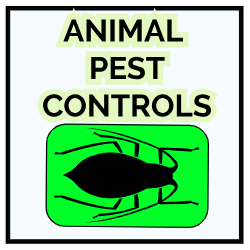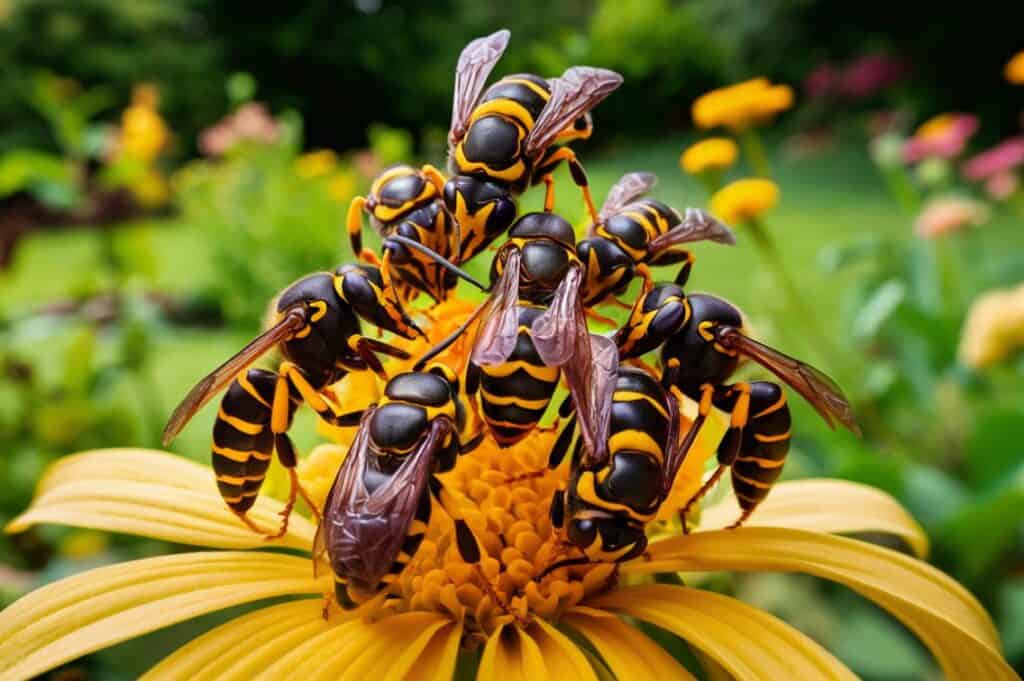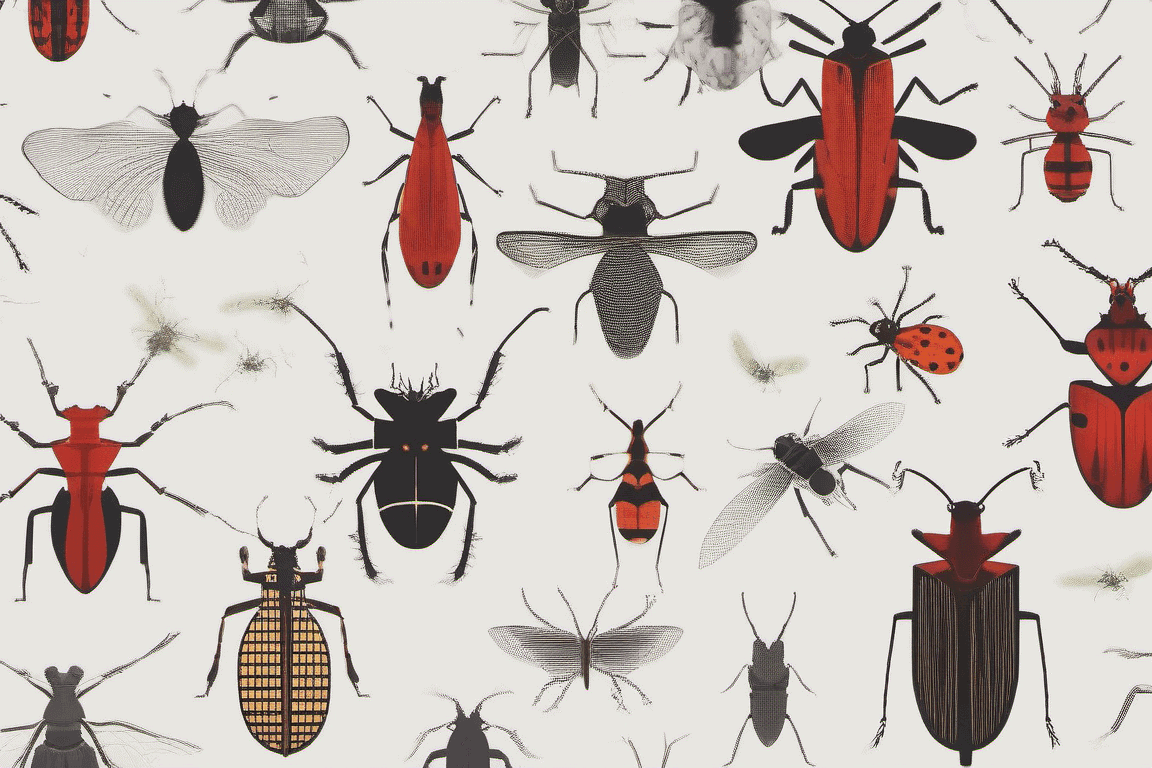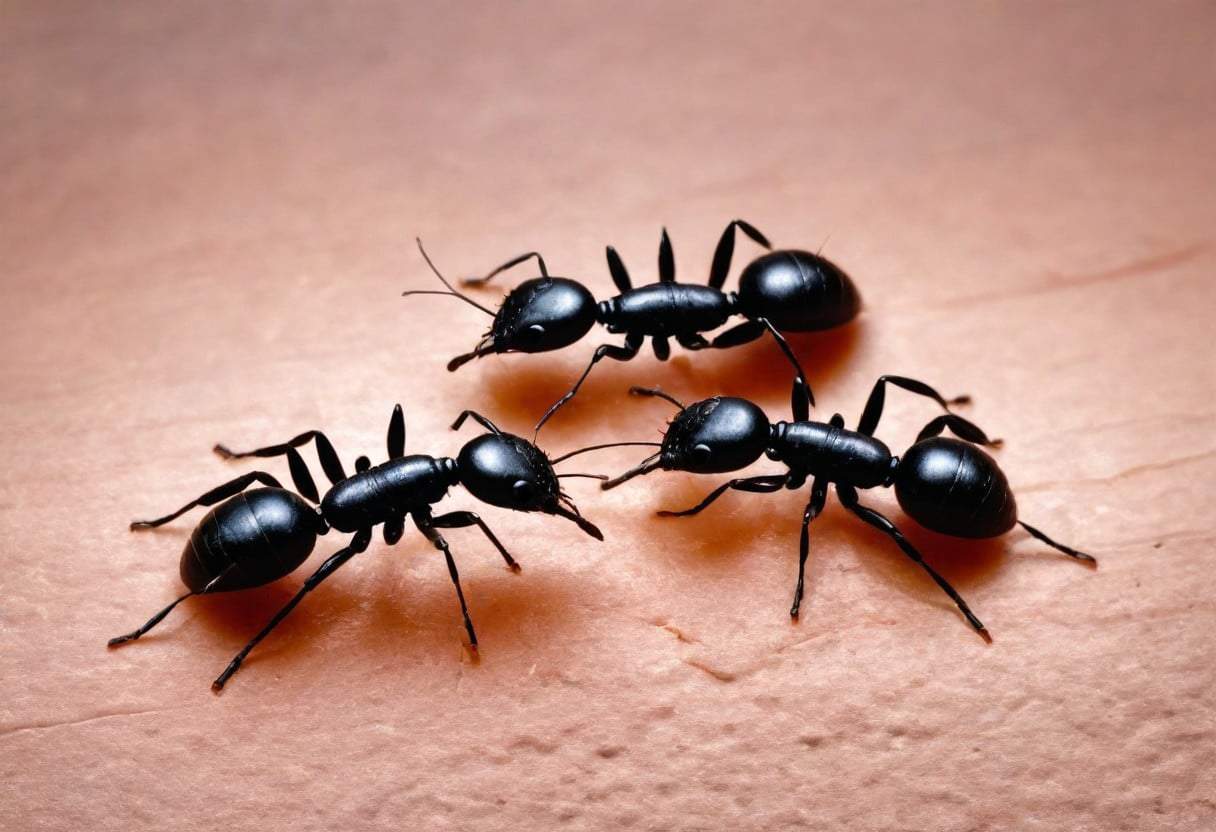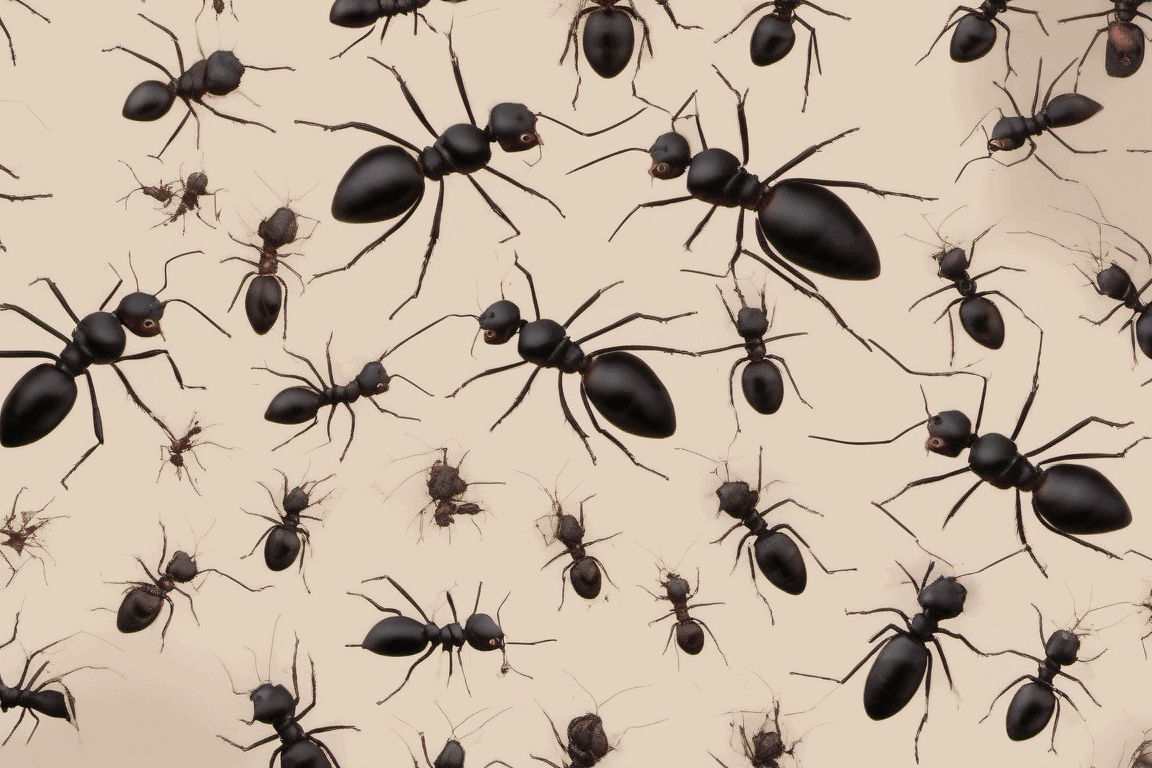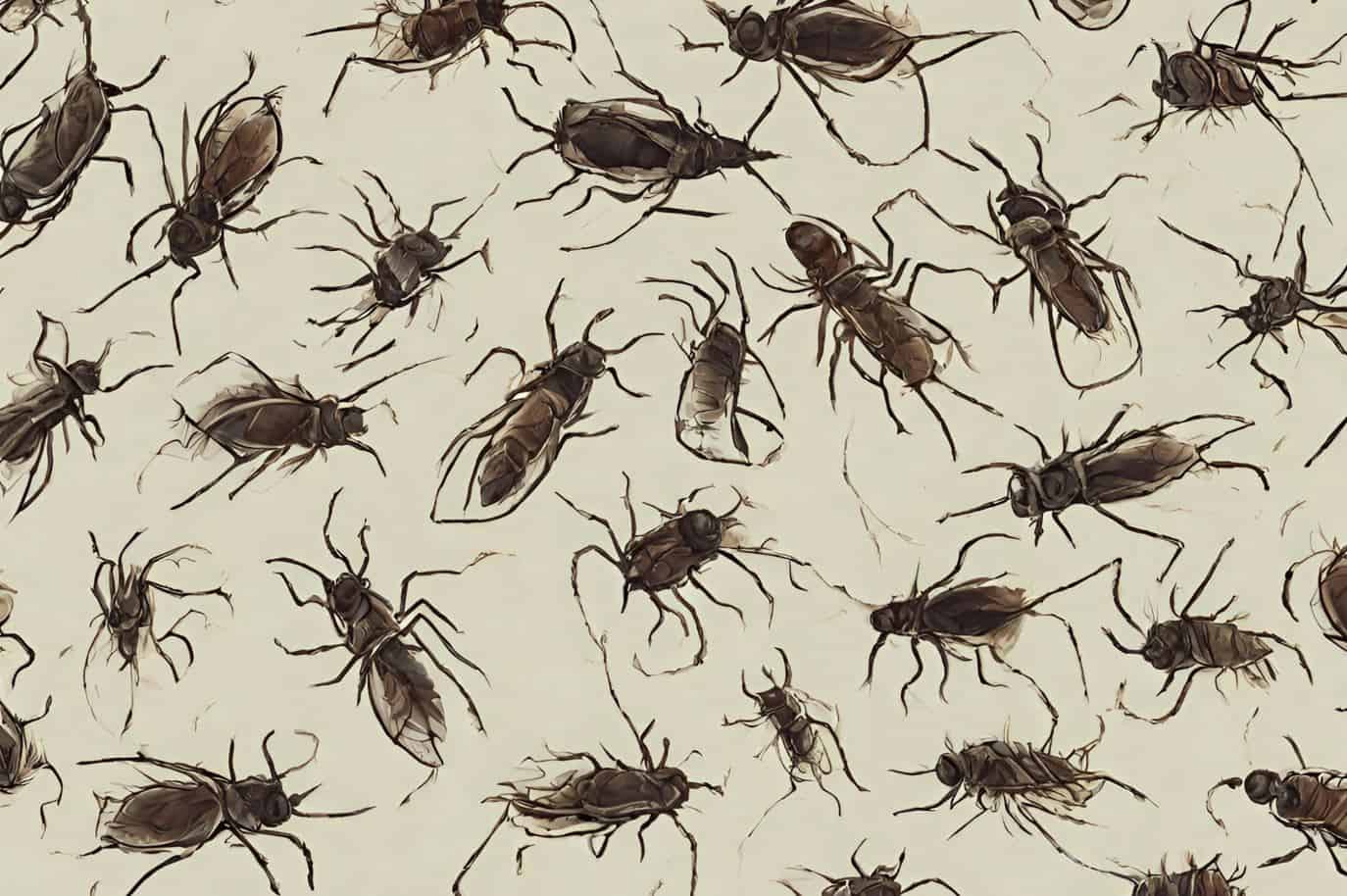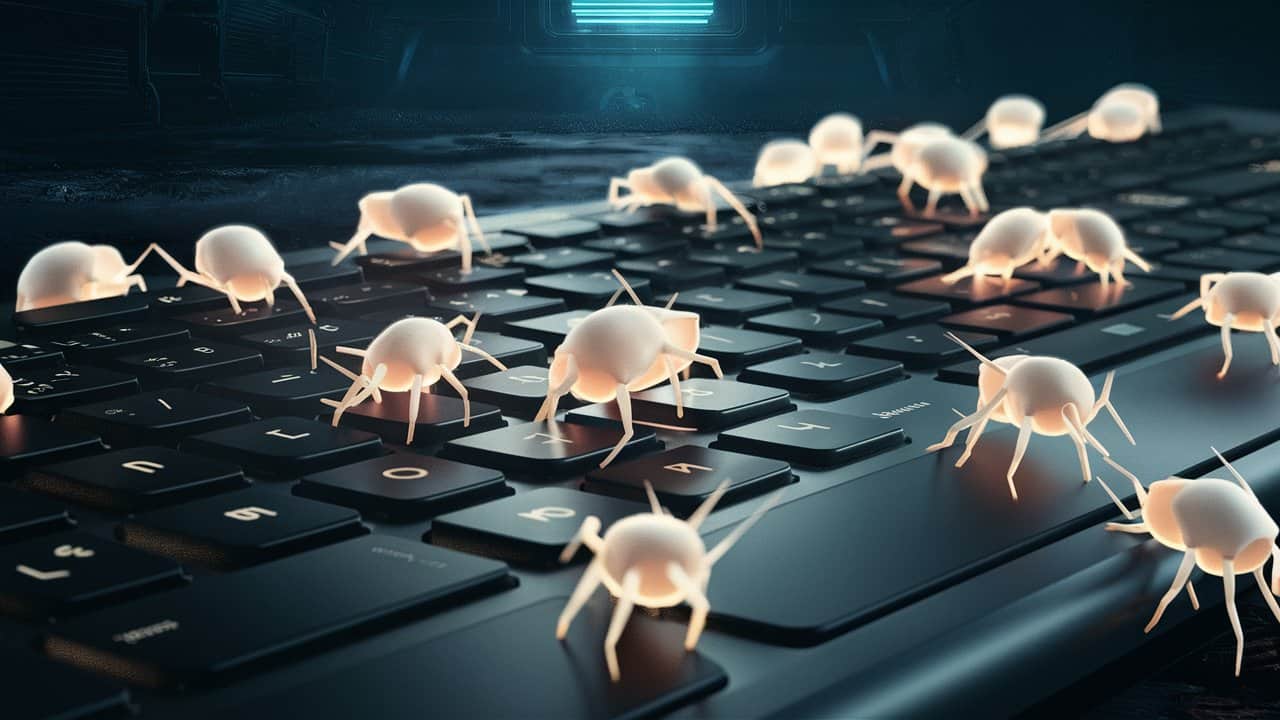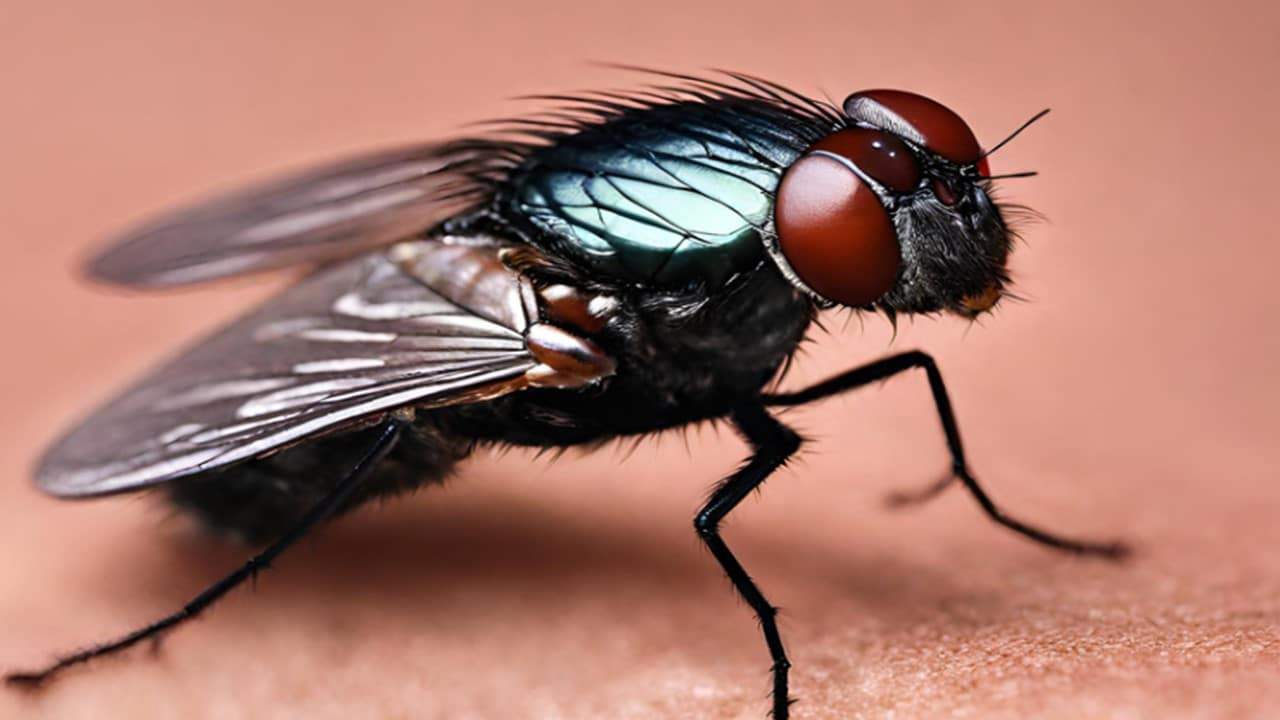Yellow jackets are infamous for crashing picnic parties and outdoor gatherings.
It’s time for some payback! Today, we will share clever tricks and natural remedies guaranteed to send those annoying wasps packing their striped bags.
We’re talking about everything from strategic plant choices that repel these buzzers like magic to DIY concoctions that will leave them dazed and confused.
So why wait? Get ready for a sting-free summer by watching now!
Table of Contents
What are Yellow Jackets?
Yellow jackets are a type of wasp that is prevalent in North America.
They get their name from their distinctive black and yellow coloring.
While they may look similar to bees, yellow jackets have a much slimmer body and lack the fuzzy hair that bees have.
These insects are aggressive and territorial, especially when protecting their nests.
Yellow jackets build their nests in various locations, such as underground, hollow logs, or even inside walls of buildings. This attribute makes them troublesome if they decide to make a home near your property.
What sets yellow jackets apart from other stinging insects is their diet.
Unlike bees that primarily feed on nectar and pollen, yellow jackets love sugary foods like fruit juices and soda.
They also scavenge for protein-rich sources such as meat or fish scraps, making picnics or outdoor gatherings especially appealing targets for these pests.
What are the Natural Methods to Eliminate Yellow Jackets?
1. Make a spray with peppermint oil
Peppermint oil has a repulsive scent that repels yellow jackets.
Yellow jackets are sensitive to strong odors, especially minty scents like peppermint.
Aside from repelling yellow jackets, peppermint oil has antimicrobial properties that help keep your home or garden free from other pests like ants and spiders.
This essential oil also has a soothing effect on humans but irritates insects due to its high concentration of menthol.
Mix one tablespoon of peppermint oil with 2-3 drops of dish soap in a spray bottle filled with water.
Shake well to ensure all the ingredients are combined thoroughly, and spray on these pests.
The aroma of peppermint overwhelms their senses and discourages them from coming near your property, while the dish soap helps the mixture adhere to their bodies.
When using this homemade repellent, target areas where you see yellow jackets, such as near trash cans, picnic tables, or outdoor food preparation areas.
Additionally, try spraying it on any nests or hive entrances you may come across (from a safe distance).
Reapply the mixture every few days or after rain showers to maintain effectiveness.
2. Use vinegar trap
Vinegar, particularly apple cider, has long been hailed for cleaning and disinfection.
However, many don’t know it can also be an effective weapon against these pesky wasps.
The reason why vinegar works so well in repelling yellow jackets lies in its attractive odor.
You can create a homemade trap by filling a bottle or jar with equal water and apple cider vinegar.
Then, add a few drops of dish soap to break the surface tension of the liquid.
Place this trap near areas where you often see yellow jackets or wasp activity, such as around trash cans or outdoor dining areas.
The scent of the vinegar will attract them towards the trap, while the dish soap will prevent them from flying away once they land on its surface.
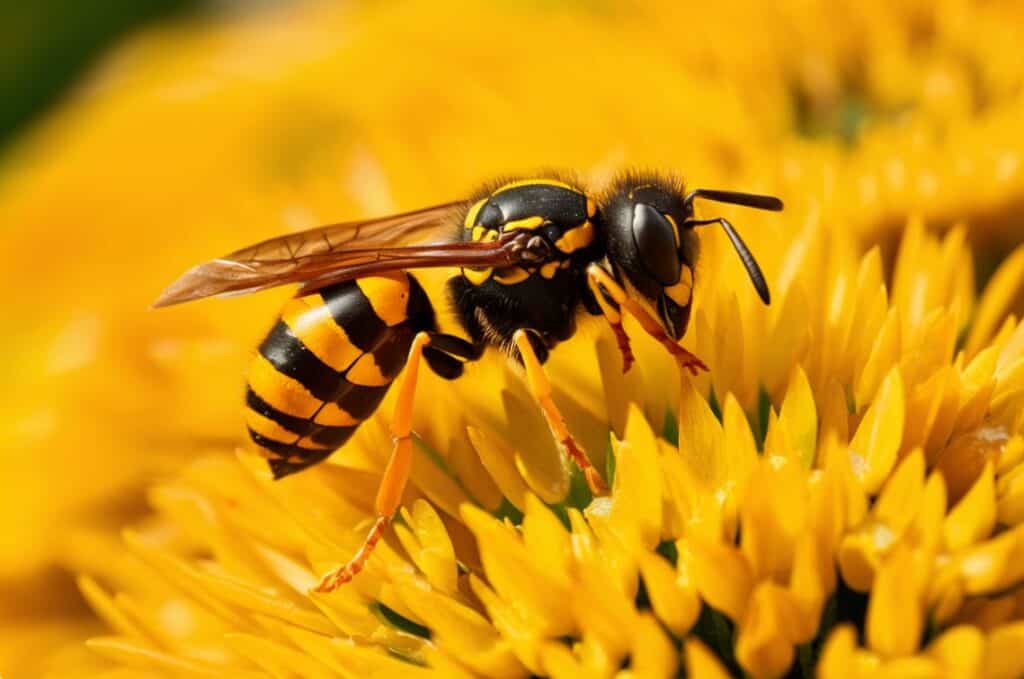
3. Smother the nest
Another effective method to use when dealing with yellow jackets is to smother their nest.
This technique is safe and environmentally friendly, making it an ideal choice for those who want to avoid toxic chemicals.
Smothering the nest entails covering it with a material that prevents the wasps from escaping or accessing air, leading to their eventual demise.
You can use several materials to smother a yellow jacket nest. A popular option is using a large plastic bag or garbage sack.
Carefully approach the nest at night, when the wasps are less active, and quickly slip the bag over the entire nest.
Seal off any openings tightly to ensure no air can enter or escape.
Alternatively, you can use a combination of soil and water in a bucket or container to cover and drown out the nest effectively.
It is vital to act swiftly before any wasps become aware of your presence.
Attempting this method requires caution as you may still be stung during the process if not careful.
To minimize risks, wear protective clothing such as long sleeves, pants, gloves, and preferably a veil or hat netting to protect your face from potential attacks.
4. Cultivate wormwood
Wormwood is a plant that may not be on your radar for natural pest control, but it deserves some attention.
This unique herb has various purposes, and one of its notable abilities is repelling insects.
The strong scent of wormwood acts as a natural deterrent for yellow jackets and other flying pests like wasps.
Planting wormwood in your garden or outdoor spaces creates a protective barrier against these unwanted visitors.
Wormwood is effective against yellow jackets due to its compound, thujone.
This substance does not sit well with the sensitive sensory systems of these insects, causing them to stay away from areas where wormwood grows.
Besides, the bitter taste of wormwood leaves can also discourage them from building nests nearby or even landing on surfaces treated with extracts made from this plant.
You can crush the leaves and place fresh bundles near doors and windows where yellow jackets nest for maximum effectiveness.

5. Use cucumber
Yellow jackets have an aversion to the scent of cucumbers, making them an ideal deterrent for keeping them away from your outdoor spaces.
You can use cucumbers to keep yellow jackets at bay in various ways.
One method involves slicing a fresh cucumber and placing the pieces around your yard or picnic area.
Another option is to create a homemade cucumber spray by blending cucumbers with water and then spraying it onto surfaces where these pests gather, such as garbage cans or outdoor furniture.
Whether you display sliced cucumbers as decorative elements or spritz cucumber-infused water on infested areas, this organic approach will deter yellow jackets.
6. Plant thyme
Thyme is a famous culinary spice worldwide. Not only is it renowned for its unique aroma and flavor, but it is also versatile in various dishes.
However, thyme has an aromatic scent that repels insects, including wasps. It will add beauty and fragrance to your outdoor space and deter these pesky insects.
Thyme contains compounds such as thymol and carvacrol, which are toxic to many insects.
These compounds interfere with the nervous system of the insects, causing them to avoid areas where thyme is present.
Cultivate thyme plants around your yard or patio to create an unattractive environment for yellow jackets and other pests.
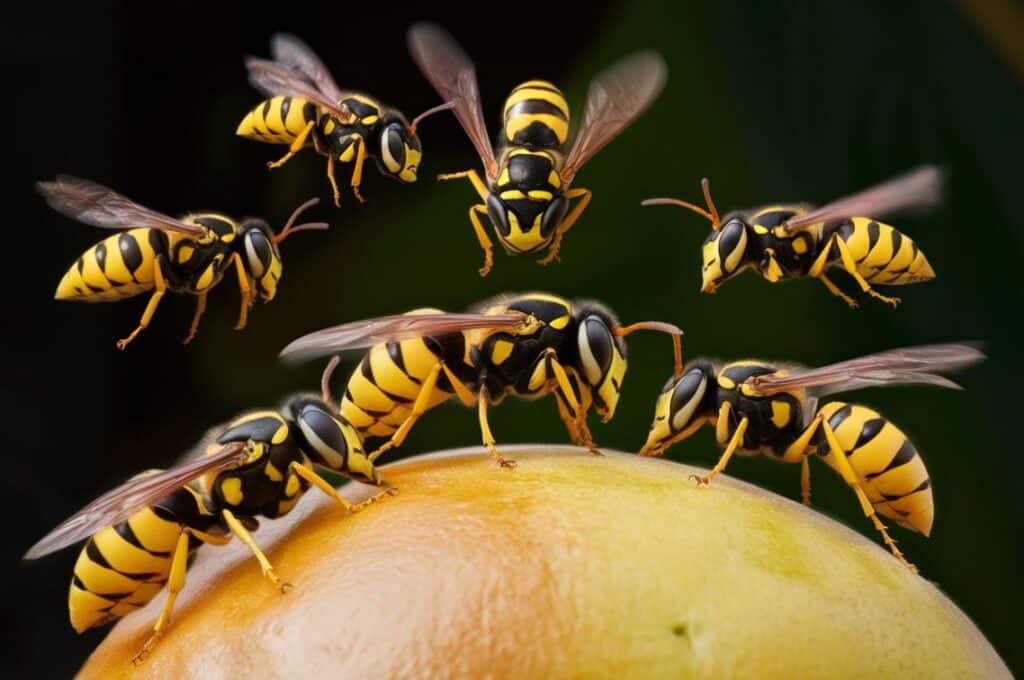
7. Use sugary water traps
A sugar water trap is another famous method to eliminate yellow jackets naturally.
The sweet scent of the water lures the wasps into the trap, where they become trapped and eventually drown. These traps are easy to make and highly effective in attracting and trapping yellow jackets.
To create your trap – start by cutting the top off a plastic bottle or soda can. Next, pour a mixture of water and sugar into the bottom half of the container – about ¼ cup of sugar per 1 cup of water should suffice.
Finally, invert the top half of the container and place it inside the bottom half, creating a funnel shape. Yellow jackets love sweet substances, so the homemade trap will easily lure them.
Once inside, they will have trouble finding their way out due to the inverted funnel design.
Place these traps away from areas where you spend time outdoors, as it may attract more wasps to those areas initially before reducing their population in your yard.
Consider hanging them near garbage cans or other potential food sources for yellow jackets instead.
Emptying and cleaning these traps is essential for ensuring their effectiveness in controlling yellow jacket populations.
Conclusion
Eradicating yellow jackets from your living space doesn’t have to be a stinging experience.
You can safely eliminate these pesky wasps from your surroundings by using these simple and effective methods.
So, grab your trusty vinegar spray bottle, put on that DIY beekeeper suit (or maybe just some long sleeves), and get ready to take back your outdoor space from these black-and-yellow intruders.
Remember, it’s time to show those yellow jackets who’s the boss around here – and that boss is not wearing stripes!
Say goodbye to the buzz and reclaim your territory with these natural remedies.
What are you waiting for? Get buzzing and let nature do its thing!
